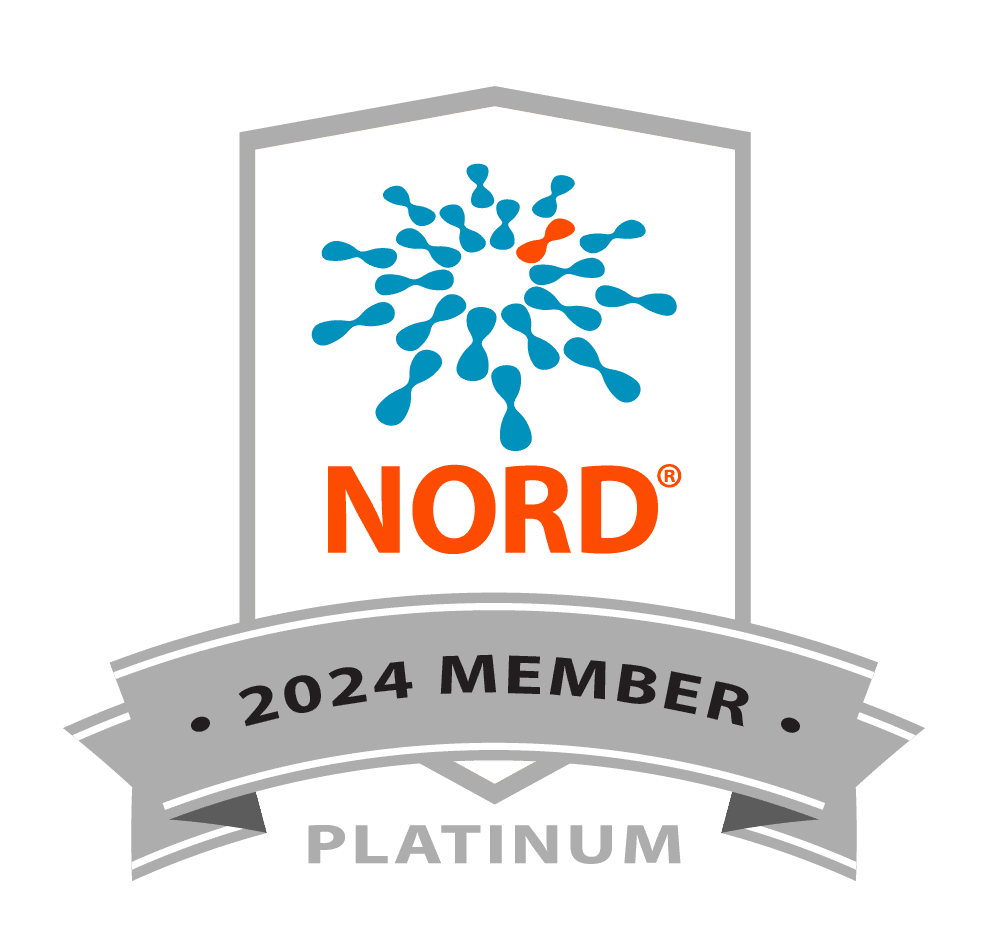Welcome, Day 3
October 10, 2021
Roberta Pesce opens Day 3 of the Rare Neuroimmune Disorders Symposium (RNDS), followed by two “This is Me” stories from our community.
PDF TRANSCRIPT
Transcript
[00:00:00] Roberta Pesce: Good morning, good afternoon, good evening. Welcome back to our last day of the 2021 RNDS. We hope our talks on day 1 and 2 have been informative and helpful, and we also hope that you have connected with members from our community, and that you’ve asked all of the questions that were on your mind these last 2 days. If not, there’s still plenty of time to do so today.
[00:00:27] During our last day we will dive into all of the research that has been going on around rare immune disorders. We have some fantastic experts lined up who are very excited to share their research updates around biorepositories, nutrition, genetics, stem cells, rheumatology, disability and access to care, vaccinations, and much more.
[00:00:49] But before this, we would like to start the day by sharing some of the “This is Me” videos and stories from our community. “This is Me,” as most of you know, is an awareness campaign that we have launched recently to challenge the social issues and understanding around rare diseases and disabilities, and if you want to share your story, please head to SRNA’s expo booth during the course of the day today, and we can answer any questions that you have and give you more information on how to get involved.
[00:01:19] I think this is it for now, please stay tuned for the stories that are coming up, and I will see you soon. Bye, everyone.
[00:02:05] Francisco Violante: “Whoever’s watching this, my name is Francisco Violante, and I’m eight years old, and I got, and I have AFM. If it affected your legs, your arms, and your spine, you need to go in the wheelchair. You need to get in a stander, or walkable, anything that can help you stand. AFM is a really bad virus, as you can tell. It can affect anything, even your brain, your head, your arms, your muscles, everything in your body. I’m doing great right now. As you can tell I have the vent. I have a little brother that can take care, that can be with me, and he’s very curious. He’s three years old and his name is Martin, and I love him so much. I love my family.
[00:03:14] That AFM is not that bad for you. If you need to have the vent all day, don’t use it. Take off the vent with a, with a speech valve, put the speech valve on for a little bit. This is a speech valve. Do you have a collar, a trach like me? ‘Cause I do. I do great with it, and I have it long and a trach is kind of good. You have to change it every now and then. At school I do math mostly. I do quick write when I have to write something about something. I’m in second grade, about to be in third grade. About to be a leader in training. I meant I’m already a leader in training, but I’m about to be the leader. I love that school. Teachers are really good and nice. The principal is really good. Therapy. There are four AFM people there. They do a lot, but it’s fun. So, stay healthy. Don’t use the vent that much. Use your chair if you got affected in your spine, legs, and arms. Use a chair. I got affected in my legs, my spine, and my right arm. As you can tell, I can’t move it. I can’t move right arm, but I can move my left arm. Hopefully you guys get better like me then good luck.”
[00:05:20] Geuko van Lang: “I’m Geuko van Lang. I live in Winschoten, which is located in the Netherlands, and I have had AFM since 2016 and I’m eight years old. When I first heard that I had AFM, I was still very young. I didn’t understand anything about it. Everything is different since AFM. Luckily I can play with my brother, Gijs and my friends. I just feel like myself. AFM is rare. Everyone sees my wheelchair and my trach tube and that I can’t move. But I’m still just Geuko. That will not change. Mom and Dad explain if there are any questions about AFM. I find that a bit difficult. I’d rather not talk about it. I try to do as much as possible myself. When people ask how things are going I say “good,” then I don’t need to explain further.
[00:06:50] I practice getting off the trach tube so I can talk without a trach tube and train to get out of the wheelchair as much as possible. That is possible at AFM. I can get better with the right therapy. I play Roblox with my little brother, and in the summer I play outside with playmobil, brio (wooden train), and lego. I can do all this in my own way. I like it when Gijs plays with me. He helps me grab things and when the trach tube comes loose. Some people don’t understand it and say mean things. That’s not very nice. But there are also very sweet people that want to help. Normal means being average and AFM is not average. It is rare and that makes me unique. My name is Geuko. I have AFM and this is me!”



